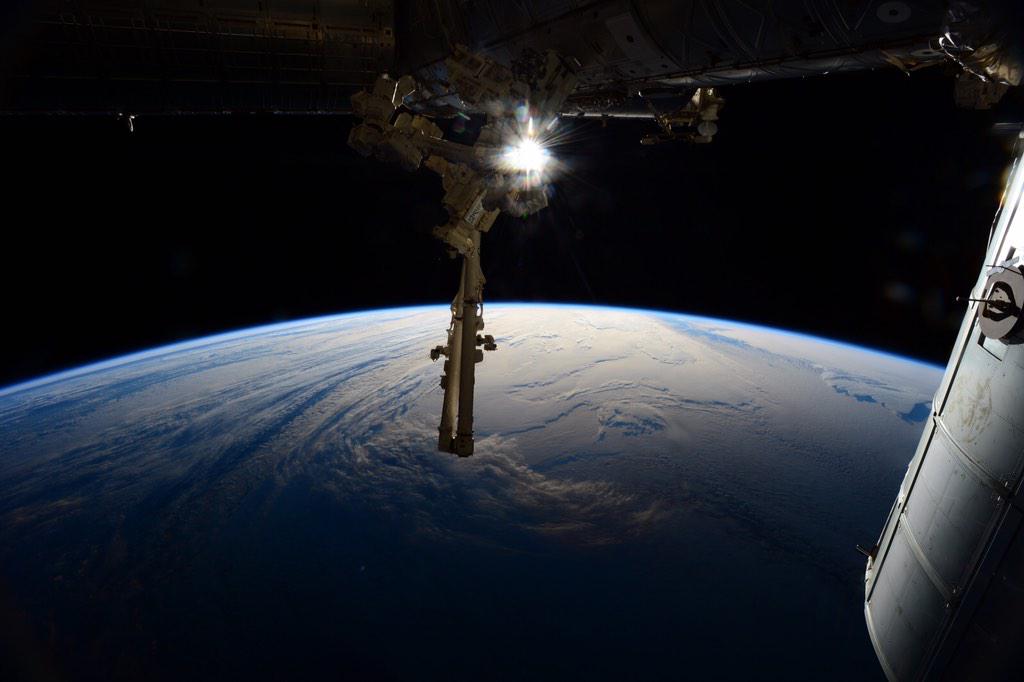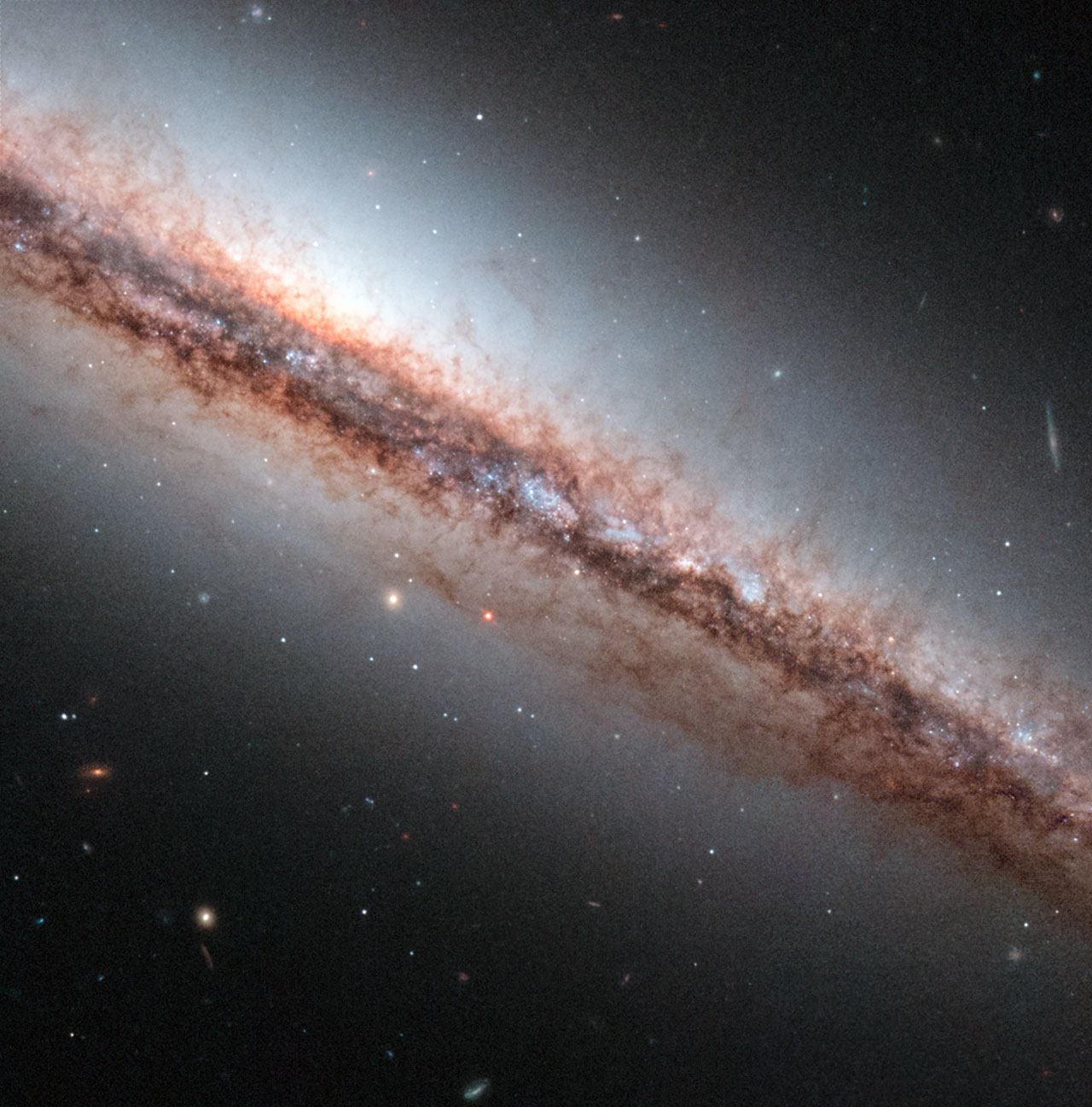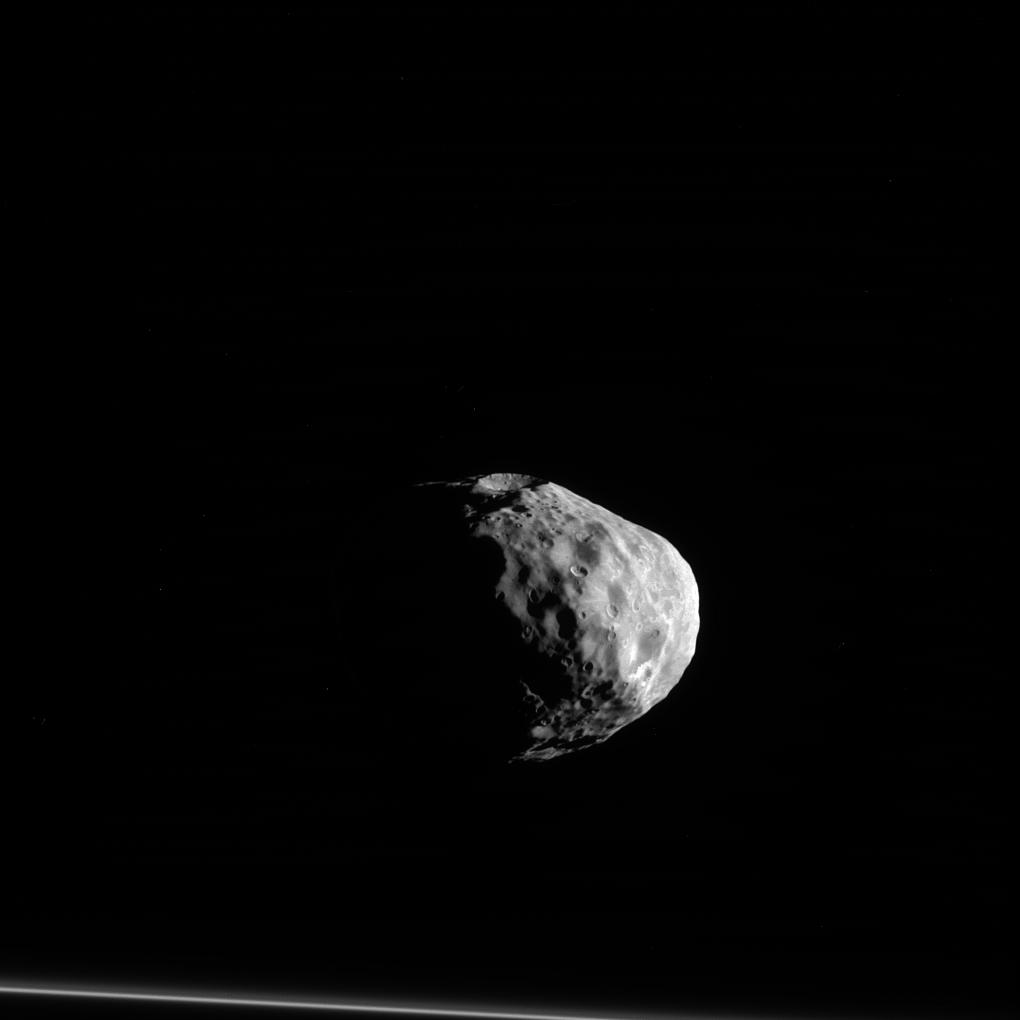Space Image of the Day Gallery (January 2015)
Dora the Aurora Explorer
Thursday, Jan. 15, 2015: Astrophotographer Dora Miller, who goes by the nickname of "Aurora Dora," sent in a photo of an auroral display taken in Talkeetna, Alaska, on Jan. 7, 2015. She writes in an email message to Space.com: “We had a nice G3 geomagnetic storm this week creating impressive auroras. The auroras were all over the sky, from [over]-head coronas to displays in every direction and, unexpectedly, mostly [to the] south.”
— Tom Chao
On to the Heart of the Sunrise
Friday, Jan. 16, 2015: On Jan 13, 2015, Astronaut Butch Wilmore tweeted (from @NASA_Astronauts) this photo of sunrise over the Earth taken aboard the International Space Station. He wrote: “‘Station #sunrise’ #AstroButch.”
— Tom Chao
Red Comet Dust
Monday, Jan. 19, 2015: This image of Comet Lovejoy C/2014 Q2, produced by NASA’s NEOWISE mission, combines several observations made in November 2013, when comet Lovejoy’s trajectory placed it 1.7 astronomical units from the sun. (An astronomical unit equals the distance between Earth and the sun.) The image shows the comet moving in a mostly west and slightly south direction. Comet Lovejoy, which appears green in photos taken in visible light, appears red here owing to the strong signal in the NEOWISE 4.6-micron wavelength detector, produced by a combination of gas and dust in the comet's coma. Image released Jan. 13, 2015.
— Tom Chao
At Sundown
Tuesday, Jan. 20, 2015: Stars appear to trail over the Paranal Observatory in Chile as the sun and the moon (at lower left) both set. The moon does not appear as a trail but instead as a series of short exposures. A meteor and various lights on airplaines also streak through the photo. Image taken Jan. 5, 2015.
— Tom Chao
Dusty
Wednesday, Jan. 21, 2015: This NASA/ESA Hubble Space Telescope image shows spiral galaxy NGC 4217, which lies 60 million light-years away from us. Our view of its edge allows an excellent view of the extraplanar dust structures of dust and gas extending above and below the plane of the galaxy. seen as brown wisps. These structures, contrasting strongly with their surroundings, extend as far as 7000 light-years from the galaxy’s central plane. A typical dust structure stretches about 1000 light-years in length and 400 light years wide. Image released Jan. 19, 2015.
— Tom Chao
Seven Sisters Meet Mr. Lovejoy
Thursday, Jan. 22, 2015: Astrophotographer Sean Parker caught Comet Lovejoy C/2014 Q2 along with the Pleiades star cluster on Jan. 20, 2015. He is based in Tucson, Arizona. He writes in an email message to Space.com: “I spent the night out in the desert yesterday photographing the night sky. It's been a while since I was excited to photograph it due to bad weather … but it was great to get back out there. Here is 6 x 2-minute exposures of comet Lovejoy and M45 [the Pleiades] using an startracker.”
— Tom Chao
The Best Yet
Friday, Jan. 23, 2015: Astronomer Adam Block of the Mt. Lemmon SkyCenter in Arizona produced this image of nebula NGC 2282 in November 2014. He writes on the University of Arizona Department of Astronomy and Steward Observatory website: "According to a paper on this object, this nebula is around 5 light years across and some 5,500 light years away. Perhaps a few hundred stars are being born within this cloud, and many current members of the cluster are only 5-10 million years old. To my knowledge, this is the highest resolution full color image of this nebula that has ever been published."
— Tom Chao
Breaking space news, the latest updates on rocket launches, skywatching events and more!
One Face of Janus
Monday, Jan. 26, 2015: Janus, a moon of Saturn, floats above a sliver of the F ring at the bottom of the photo. The irregular shape of Janus and many of Saturn’s smaller moons may hint at their origins and internal structure. Models examining the dynamics of this moon along with its shape suggest — surprisingly — mass inhomogeneities within Janus. Further study of Janus in images may provide confirmation of this theory. Cassini spacecraft obtained this image with its narrow-angle camera on March 28, 2012. Image released Jan. 19, 2015.
— Tom Chao
Lights in the Sky
Tuesday, Jan. 27, 2015: Over La Silla Observatory in Chile, a number of celestial players appear, including Comet Lovejoy C/2014 Q2 at center, the Pleiades star cluster above and to the right, and the California Nebula, a red arc of gas to the right of Lovejoy. A meteor streaks through the sky as well. Below the telescopes of La Silla, a thin layer of clouds hovers over the plain which shows the lights of the Panamericana Highway. Comet Lovejoy makes its first blazing voyage through the inner solar system in over 11,000 years. It will not return for 8,000 years. Image released Jan. 26, 2015.
— Tom Chao
Ring Around the Galaxy
Wednesday, Jan. 28, 2015: Galaxy Arp 230 (IC 51) possesses an irregular shape perhaps caused by a collision with another galaxy in the past, which also created the galaxy’s polar ring. The outer ring of the galaxy contains gas and stars, rotating over the poles of the galaxy. Possibly the orbit of the smaller galaxy that created Arp 230 lay perpendicular to the disc of the larger galaxy when they collided, and the smaller galaxy ripped apart, forming the polar ring structure. Image released Jan. 26, 2015.
— Tom Chao











